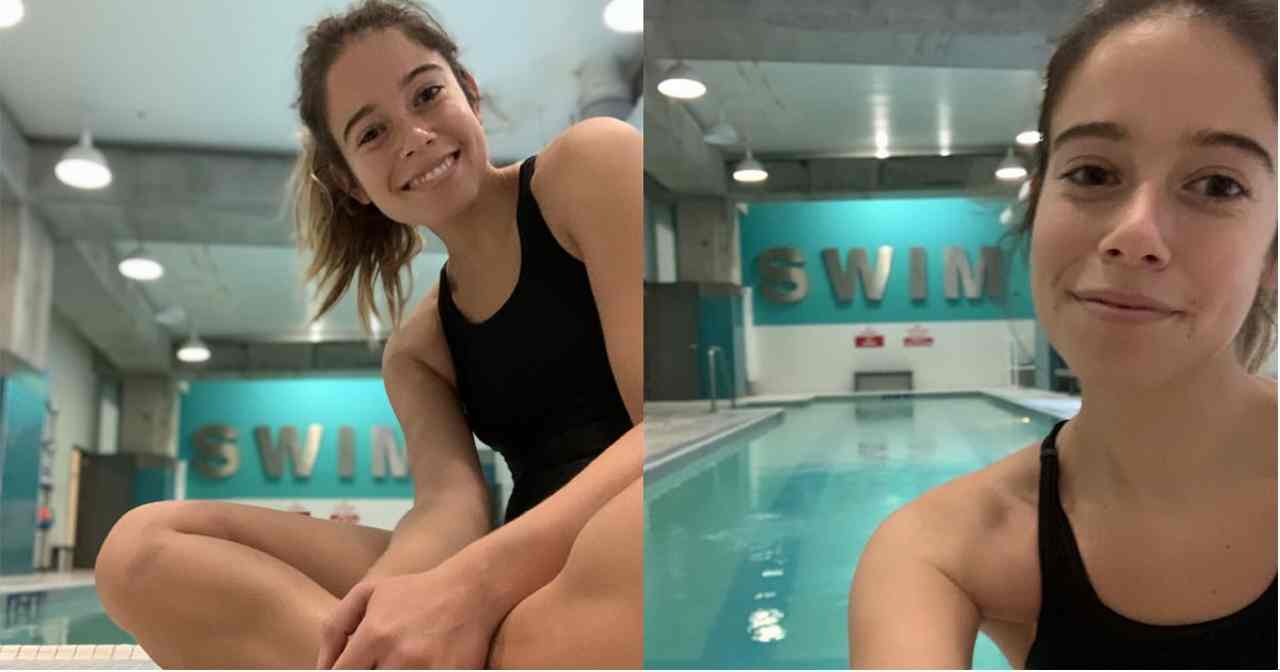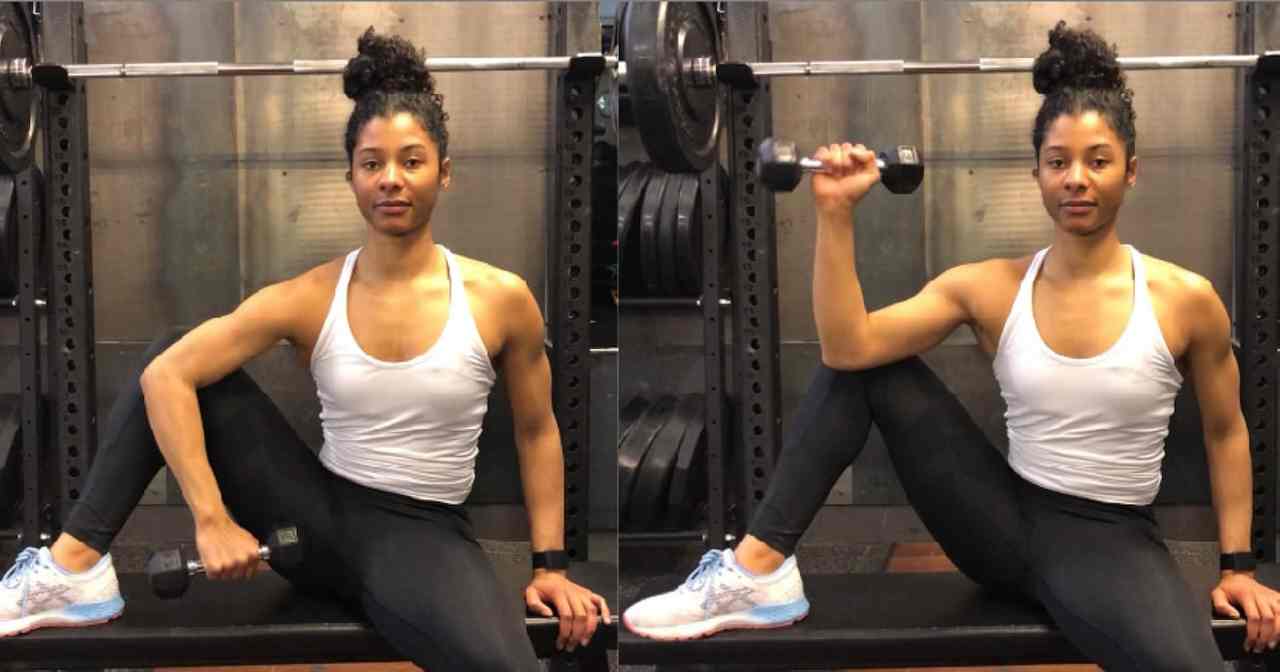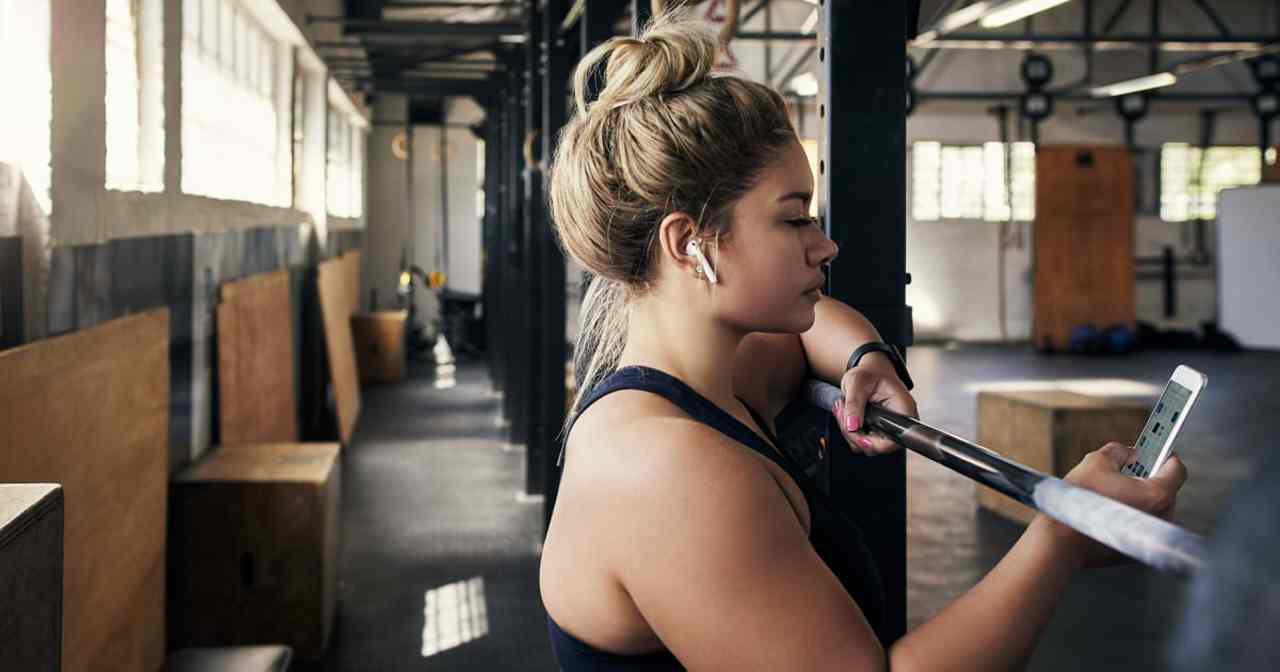
Let’s make one thing clear: I’m a runner, not a swimmer. The last time I felt like I knew what I was doing in a pool, I was pretending to be a mermaid with my swim floaties on, both of my legs stuffed into one side of my dad’s jogging pants capped off with fins. This was, naturally, my mermaid tail. Man, I wish I still had that confidence.
Anyway, runners are crazy (like, batsh*t crazy), and when I suffered through plantar fasciitis in my foot a few years ago, I thought I’d never be able to exercise again. “If I can’t run, what can I dooooo?” I wailed to my family and friends. For me, running provides mental sanity — the two go hand in hand. I had never dealt with an injury before, but it’s only natural that the time would come since the sport involves a lot of pounding on the joints, which is obviously not ideal for our bodies. Nevertheless, runners are crazy. Runners do it anyway.
Imagine a fashion editor strolling into the lap pool in a plunging monokini, only to be greeted by the lifeguard: “You have to wear a swim cap.” A what now?
“What about swimming laps?” my dad asked me one day as I sulked at the kitchen table in my plantar fasciitis boot, which was meant to keep my foot straight and stretched, thereby breaking up the pain area.
I immediately recited my uncle’s perspective on swimming (he is a fellow crazy marathon runner and may or may not have encouraged me to “run through the pain” at some points in my life): “But the pool gets you all wet.”
I remember the next morning vividly. I was still living at home with my parents at the time, and my awesome dad woke up at 5 a.m. to drive me to the pool. I definitely didn’t have a proper one-piece, so imagine a fashion editor strolling into the lap pool in a plunging monokini, only to be greeted by the lifeguard: “You have to wear a swim cap.” A what now?
It took a few weeks, but once I got into the thick of it, I had my own goggles, silicone ear plugs, swim cap, and Speedo, and I had taught myself the two strokes I still rely on today: freestyle and breast stroke. I watched YouTube videos to perfect my form, and in order to feel like I got in a good workout, I routinely swam for 40 minutes every single morning. You’d think that’d be boring, but it wasn’t.
Swimming quickly became a form of meditation for me. I felt relaxed and at peace under the water. I was sweating without, you know, physically feeling it, and I was definitely getting my heart rate up — swimming is an aerobic activity after all. Every morning as I unstrapped my plantar fasciitis boot and tucked my hair into the swim cap, I felt better and better about my situation. I had found a way to release endorphins and simultaneously become a mermaid again!
I told myself that after enough physical therapy sessions and rest, I’d be running again and wouldn’t need to practice swimming any longer, but then I reasoned with myself and figured it’d be beneficial to take a few days off from running. Mixing up your workouts is the best thing you can do for your body, and I had been majorly failing in that area before I introduced swimming into my routine.
Now I swim at Hamilton Health and Fitness in Jersey City, NJ, which has the most peaceful, spa-like atmosphere. I do some laps, then I might mix in a quick HIIT workout in the shallow end with flutter kicks, bicycles, jumps, and hops to get my heart rate going.
I still consider myself a beginner — I’m no professional — but at the start, I had the same questions you probably do about swimming. Can swimming help you tone any areas of your body? How many calories do you burn? Can swimming be part of a weight-loss program? It took me long enough to ask! I checked in with Scott Riewald, senior director of high performance at the United States Olympic & Paralympic Committee, and Teri McKeever, UC Berkeley’s head coach of women’s swimming and diving, and got some answers. Keep reading for some useful information and beginner tips that’ll help you get into the low-impact sport that’s so good for your body.
Is Swimming Better For Your Body Than Running?
“The benefit of swimming over running is that you don’t have the gravity and pounding of your joints. It’s great for people with injuries or for people as they get older,” Teri said. Meanwhile, Scott highlighted the pros and cons to both activities, just to put it into perspective for you. “Swimming is a full-body exercise, and you engage muscles throughout the body — from the legs, to the core, to the upper back. It is also a low-impact form of exercise, and for people who experience knee or other lower-body joint pain, swimming provides relief from the pounding those joints take when running and allows you to still train. With that said, there are also challenges faced by swimmers. Technique is important — flaws in technique can lead to overuse types of injuries, particularly in the shoulders, after hundreds or thousands of strokes.”
How Many Calories Do You Burn Swimming Slowly If You’re a Beginner?
Scott said that how many calories each person burns depends on a number of variables, including their gender, their weight, the exercise intensity, and the muscle groups used. However, he estimated that an hour of slow swimming (something that might be indicative of a beginner swimmer) likely will burn around 400-500 calories.
Can Swimming Help You Tone or Lose Weight?
“Swimming is a great exercise that can improve fitness and become a part of a weight-loss program,” Scott said. “As with any type of exercise, if you want to use swimming to build health or lose weight, the key is commitment and consistency. One workout will not make a significant change in any health or performance variables.” It may come as no surprise, but actual results from swimming come with time, he added.
While swimming is an excellent cardio exercise, it can help you tone your body, too. Scott said it can tone muscles all throughout the body but that the areas most targeted are the shoulders and upper back. “Serious swimmers often have well-developed deltoids, lats, and trapezius muscles — and have that classic ‘V’ upper-body shape,” he said. Like with almost all physical activity, swimming requires a strong core to maintain a proper position in the water, and swimming can help strengthen core muscles.
How Should a Beginner Start Swimming?
Teri tapped into an idea I had when I first started swimming: “I think you can go to the pool and just watch what others are doing and give it a try,” she said. At first, I did this a lot. But if you’re looking to maintain proper form and really enjoy the activity, Scott said to learn more than one stroke to add variety. “Swimming freestyle is the most popular and easiest way to go, but being able to throw some backstroke in or breaststroke will increase the enjoyment and also allow you to train some additional muscle groups.”
And while it may be tempting to jump in the pool and swim at a steady pace for 30 minutes, it’s important to mix up your speed and intensity, Scott said, adding that a swimming workout should include intervals and a mix of speeds. “Not only will it train all of the energy systems, but it will help you get faster as a swimmer at all paces,” he said.
Ultimately, these are the reasons I will continue to keep swimming in my workout regimen, even though my injury has healed. In fact, when my quad tightens up and my joints feel that first hint of pain from too many days of high-intensity work, I skip a run, even if I had originally planned to lace up my sneakers. Instead, I jump into the pool and embrace the change of a calming activity, even though it involves getting all wet.











